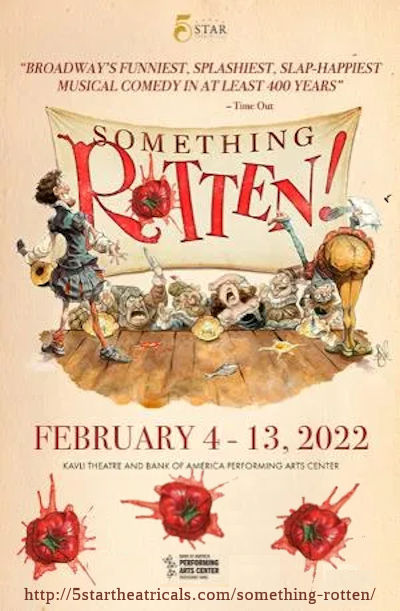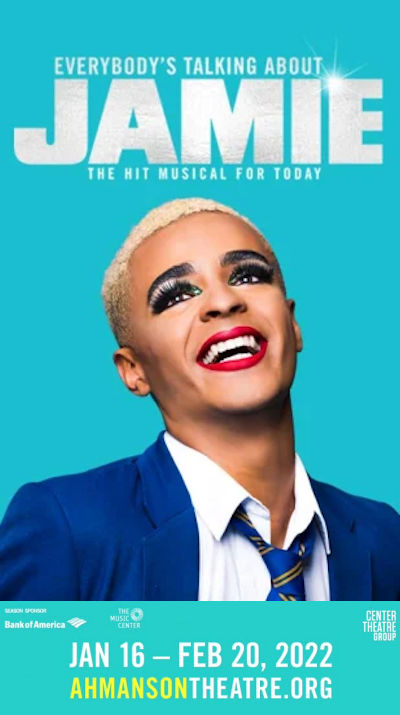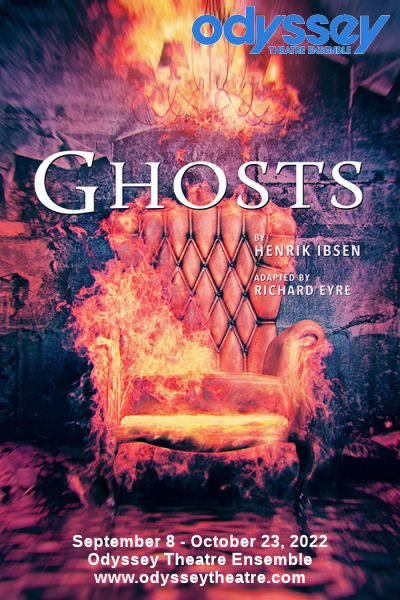
 There are many reasons we go to see a show. Often, it is because the show is part of a subscription series. Sometimes, it is because it is something we have heard of and want to see. Occasionally, it is a recommendation or the urging of a publicist, or because the subject is just so intriguing. But the last reason is the most fun: because someone we know is involved in the show. In the case of Ghosts, currently running at the Odyssey Theatre Ensemble, the assistant director is a friend of our daughter. We’ve known this young man since he started doing theatre in 7th Grade, and we’ve seen him grow and excel in his career. When our daughter mentioned he was doing a show at the Odyssey, we just had to get tickets.
There are many reasons we go to see a show. Often, it is because the show is part of a subscription series. Sometimes, it is because it is something we have heard of and want to see. Occasionally, it is a recommendation or the urging of a publicist, or because the subject is just so intriguing. But the last reason is the most fun: because someone we know is involved in the show. In the case of Ghosts, currently running at the Odyssey Theatre Ensemble, the assistant director is a friend of our daughter. We’ve known this young man since he started doing theatre in 7th Grade, and we’ve seen him grow and excel in his career. When our daughter mentioned he was doing a show at the Odyssey, we just had to get tickets.
Now, that’s not to say we were going into the show blind. I had been sent material from the show’s publicist (I’m on a bunch of mailing lists due to this blog). But the title and the description didn’t catch me; I’m not one for spooky shows. I was familiar with the playwright, Henrik Ibsen, from A Dolls House; however, I had never heard of this. The version performed was adapted by Richard Eyre.
Well, I guess we were going into the show blind after all.
Ghosts tells the story of the Alving family. Looking over the summary of the plot on Wikipedia, I think they capture it as well as anything I could do:
Helen Alving is about to dedicate an orphanage she has built in memory of her late husband. Despite his affairs, Mrs. Alving stayed with him to protect her son Oswald from the taint of scandal and for fear of being shunned by the community.
In the course of the play, she discovers that Oswald (whom she had sent away to avoid his being corrupted by his father) is suffering from syphilis that she believes he inherited from his father.[a] She also discovers that Oswald has fallen in love with her maid Regina Engstrand, who is revealed to be the illegitimate daughter of Captain Alving and is therefore Oswald’s half-sister.
A sub-plot involves a carpenter, Jacob Engstrand, who married Regina’s mother when she was already pregnant. He regards Regina as his own daughter. He is unaware, or pretends to be, that Captain Alving was Regina’s father. Having recently completed his work building Mrs. Alving’s orphanage, Engstrand announces his ambition to open a hostel for seafarers. He tries to persuade Regina to leave Mrs. Alving and help him run the hostel, but she refuses. The night before the orphanage is due to open, Engstrand asks Pastor Manders to hold a prayer-meeting there. Later that night, the orphanage burns down. Earlier, Manders had persuaded Mrs. Alving not to insure the orphanage, as to do so would imply a lack of faith in divine providence. Engstrand says the blaze was caused by Manders’ carelessness with a candle and offers to take the blame, which Manders readily accepts. Manders in turn offers to support Engstrand’s hostel.
When Regina and Oswald’s sibling relationship is exposed, Regina departs, leaving Oswald in anguish. He asks his mother to help him avoid the late stages of syphilis with a fatal morphine overdose. She agrees, but only if it becomes necessary. The play concludes with Mrs. Alving having to confront the decision of whether or not to euthanize her son in accordance with his wishes.
Watching the play, I was first amazed that someone could come up with a story and develop this way to present it. I’m an engineer by trade, and I envy those who are so creative they can see characters as rich as this, and figure out how to structure a story and dialogue and characters like this.
The play raises a number of interesting questions. I think the first is the question of obligation of children to parents. Are children obligated to take care of their parents, no matter how their parent has treated them. We see that in this play with Regina, and the question of whether she is obligated to serve her “father” or her employer. The play makes the argument (despite what the Reverend says) that children are not so obligated. Sometimes the treatment of the child is such that it abrogates any implicit care agreement. Essentially, if the parent couldn’t show or provide the appropriate care for the child, why should the child care for the parent.
The play also touches on the other side of the question: What must a parent do for a child? Is it the parent’s job to do anything the child wishes? Even to help the child commit suicide if the child’s pain is sufficient? That’s the question Mrs. Alving is faced with at the end of the play. There’s a similar question with respect to marital obligations: Is the wife obligated to defend the memory of the husband? In this case, it is determined that Captain Alving, despite his public recognition, was secretly beating his wife, sleeping with his maid, and all other sorts of degenerate behavior. Should the wife continue to publicly uphold the public image? Should the parish? What to do with the money acquired through this degenerate behavior?
So the central question of the play is that of obligation, and the power it holds over us.
The secondary focus of the play is an exploration of generational guilt. How much do the behaviors of the parent influence the child, otherwise known as “Does the apple fall far from the tree?” How much is Oswald’s life and behavior influenced by his degenerate father? Did his mother save him by sending him away, or did that just make it worse? And what about Regina: Did she suffer by having the truth of her parentage hidden?
As you can see, this play raised a bunch of interesting questions. As directed by Bart DeLorenzo, assisted by Quest Sky Zeidler, the story unfolded at a brisk pace and held the audiences attention. The single open space was divided into a bunch of rooms, with most of the action taking place in a sitting room areas. The story was exposed gingerly, and the performers did a good job of bringing the characters to life.
All of the performances were strong. We meet Viva Hassis Gentes (Regina Engstrand) first, a vivacious and playful young thing who one can see wants to move up and out of where she is living now … but most decidedly not with her father, played by J. Stephen Brantley (Jacob Engstrand). Brantley does a great job of showing both sides of her father–a drunk whom you might not trust, and a man who is trying to do good under meager circumstances. As the Reverend, Barry del Sherman (Reverend Manders) has an appropriately stern countenance, and did a good job of playing a religious man with some problems underneath.
I was very impressed with Pamela J. Gray (Helene Alving), as the mother. She brought a great energy and spirit to the role, and her performance as things came crashing down was astounding. Rounding out the cast was Alex Barls (Oswald Alving). He played the character well, but there was something in his look that didn’t mesh right for me. But still, it was an enjoyable performance.
The design team did a mostly good job of turning the flat stage of the Odyssey into the spaces required for the story, and projecting the correct mood and tenor of the piece. About my only quibble was John Zalewksi’s sound design. There was some constantly odd noise in the background that I later realized was supposed to be the rain, but only served to distract my attention. Other than that, the ambient noises were good. Frederica Nascimento’s Scenic Design created the spaces well, supported by the Scenic Art of Chris Bell. Lena Sands’ Costume Design seemed appropriate, and Christine Ferriter’s Lighting Design established the mood well — especially in the fire scenes.
Rounding out the production team were: Beth Mack (Stage Manager), Ron Socci (Artistic Director), Beth Hogan (Producer), and Josh La Cour (Producer).
Ghosts continues at the Odyssey Theatre Ensemble through October 23, 2022. Tickets are available through the Odyssey website; discount tickets may be available through Goldstar.
❧
Ob. Disclaimer: I am not a trained theatre (or music) critic; I am, however, a regular theatre and music audience member (modulo the COVID break). I’ve been attending live theatre and concerts in Los Angeles since 1972; I’ve been writing up my thoughts on theatre (and the shows I see) since 2004. I do not have theatre training (I’m a computer security specialist), but have learned a lot about theatre over my many years of attending theatre and talking to talented professionals. I pay for all my tickets unless otherwise noted (or I’ll make a donation to the theatre, in lieu of payment). I am not compensated by anyone for doing these writeups in any way, shape, or form. I currently subscribe at Actors Co-op (FB), 5 Star Theatricals (FB), Broadway in Hollywood (FB), the Ahmanson Theatre (FB), and we have a membership at The Pasadena Playhouse (FB). We were subscribing at the Musical Theatre Guild (FB) prior to COVID; they have not yet resumed productions. We have also been subscribers at the Soraya/VPAC (FB), although we are waiting a year before we pick that up again. Through my theatre attendance I have made friends with cast, crew, and producers, but I do strive to not let those relationships color my writing (with one exception: when writing up children’s production, I focus on the positive — one gains nothing except bad karma by raking a child over the coals). I believe in telling you about the shows I see to help you form your opinion; it is up to you to determine the weight you give my writeups. Note to publicists or producers reading this: here’s my policy on taking comp tickets. Bottom-Line: Only for things of nominal value, like Fringe.
Upcoming Shows:
For right now, we’re pretty much sticking with shows that come as part of our subscriptions or are of interest through our memberships. Looking ahead for the remainder of 2022:, the rest of October will bring The Addams Family at 5 Star Theatricals (FB), and To Kill a Mockingbird at Broadway in Hollywood (FB). November brings 2:22 – A Ghost Story at the Ahmanson Theatre (FB). Lastly, December will bring Annie at Broadway in Hollywood (FB).
As always, I’m keeping my eyes open for interesting productions mentioned on sites such as Better-Lemons, Footlights, as well as productions I see on Goldstar, On Stage 411 or that are sent to me by publicists or the venues themselves. Want to know how to attend lots of live stuff affordably? Take a look at my post on How to attend Live Theatre on a Budget (although I know it is outdated and need to update it). Want to learn about all the great theatre in Southern California? Read my post on how Los Angeles (and its environs) is the best area for theatre in the Country (again, I need to review this for the post-COVID theatre landscape)!
 This entry was originally posted on Observations Along the Road as Haunting is such a Strong Word | "Ghosts" @ Odyssey by cahwyguy. Although you can comment on DW, please make comments on original post at the Wordpress blog using the link to the left. You can sign in with your LJ, DW, FB, or a myriad of other accounts. Note: Subsequent changes made to the post on the blog are not propagated by the SNAP Crossposter; please visit the original post to see the latest version. P.S.: If you see share buttons above, note that they do not work outside of the Wordpress blog.
This entry was originally posted on Observations Along the Road as Haunting is such a Strong Word | "Ghosts" @ Odyssey by cahwyguy. Although you can comment on DW, please make comments on original post at the Wordpress blog using the link to the left. You can sign in with your LJ, DW, FB, or a myriad of other accounts. Note: Subsequent changes made to the post on the blog are not propagated by the SNAP Crossposter; please visit the original post to see the latest version. P.S.: If you see share buttons above, note that they do not work outside of the Wordpress blog.
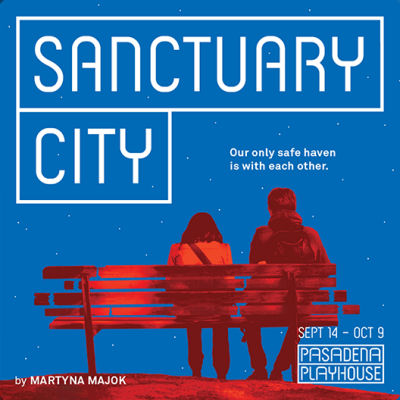
 What does the word “sanctuary” mean to you?
What does the word “sanctuary” mean to you?
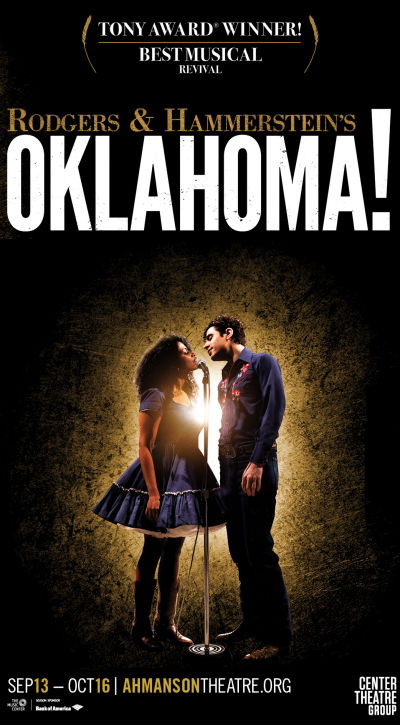
 Memory can be funny thing. When we look back on memories of things we often see just the good. If I was to mention
Memory can be funny thing. When we look back on memories of things we often see just the good. If I was to mention 
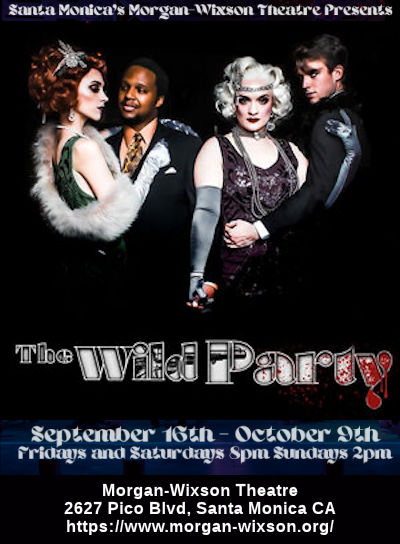
 Boy, this is the weekend for musicals with strong sexual themes, isn’t it.
Boy, this is the weekend for musicals with strong sexual themes, isn’t it.
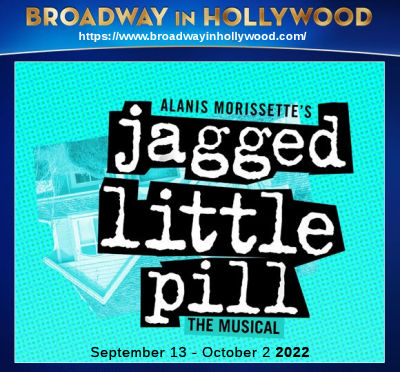
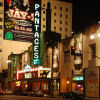 Expectations are funny things. Sometimes, someone else expectation can screw up your life. You may be expected to be the perfect mother, the perfect student, the perfect sibling, the perfect minority. The pressure of those expectations can sometimes be overwhelming, and can push you into paths you never expect.
Expectations are funny things. Sometimes, someone else expectation can screw up your life. You may be expected to be the perfect mother, the perfect student, the perfect sibling, the perfect minority. The pressure of those expectations can sometimes be overwhelming, and can push you into paths you never expect.
 For some reason, this summer I haven’t had the urge or the drive to write my normal full-up theatre reviews. Quite likely, it is burnout from caregiving; whatever the reason, the urge wasn’t there. But we’re entering into the Fall theatre season, and this weekend starts a series of 8 shows in a row. So I need to get the summer shows out of the way. So here are some quick takes, and I’m probably not going to go through and do the heavy linking thing (unless I go back and do it).
For some reason, this summer I haven’t had the urge or the drive to write my normal full-up theatre reviews. Quite likely, it is burnout from caregiving; whatever the reason, the urge wasn’t there. But we’re entering into the Fall theatre season, and this weekend starts a series of 8 shows in a row. So I need to get the summer shows out of the way. So here are some quick takes, and I’m probably not going to go through and do the heavy linking thing (unless I go back and do it).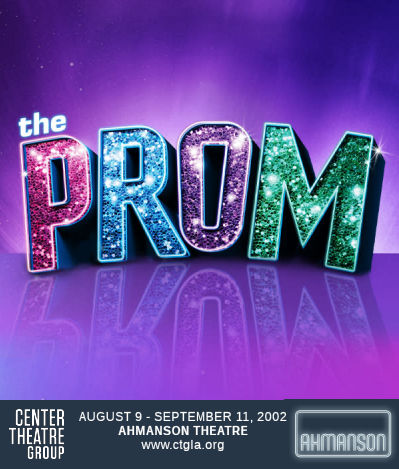 The first show we saw in August was The Prom at the Ahmanson Theatre. Let me start out by saying that The Prom is one of those few shows that I would have no qualms about seeing multiple times — it was that good and I loved the message that much.
The first show we saw in August was The Prom at the Ahmanson Theatre. Let me start out by saying that The Prom is one of those few shows that I would have no qualms about seeing multiple times — it was that good and I loved the message that much. The second show we saw in August was If I Forget at the Fountain Theatre. This show, alas, succumbed to a common trend these days: A single page information sheet with
The second show we saw in August was If I Forget at the Fountain Theatre. This show, alas, succumbed to a common trend these days: A single page information sheet with 

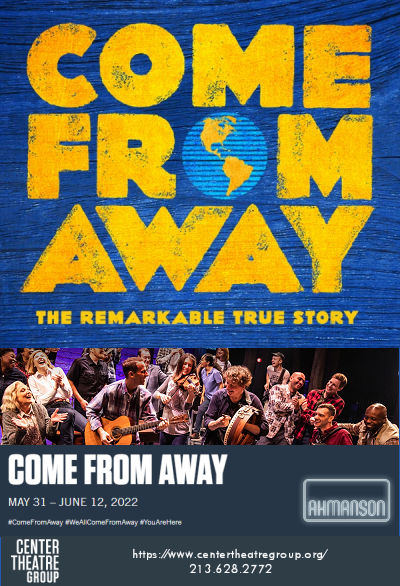

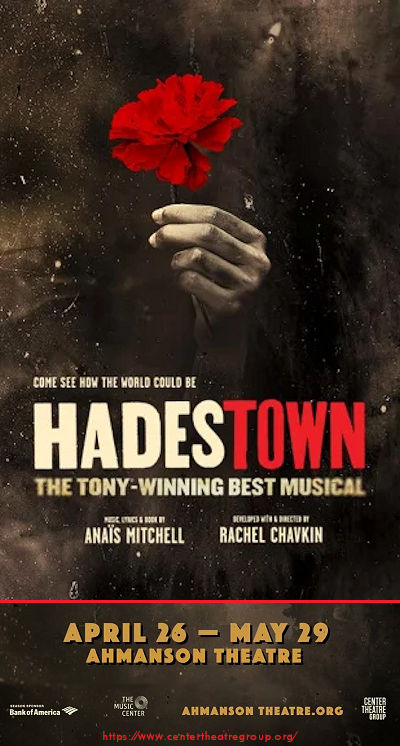




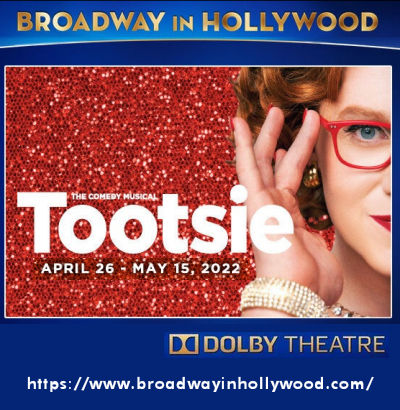

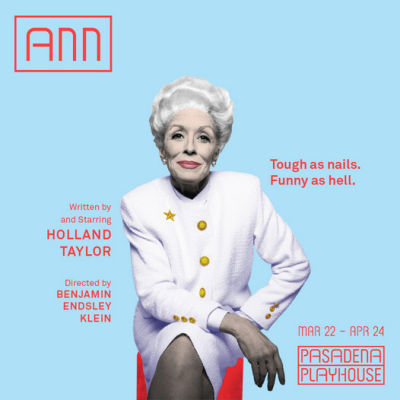

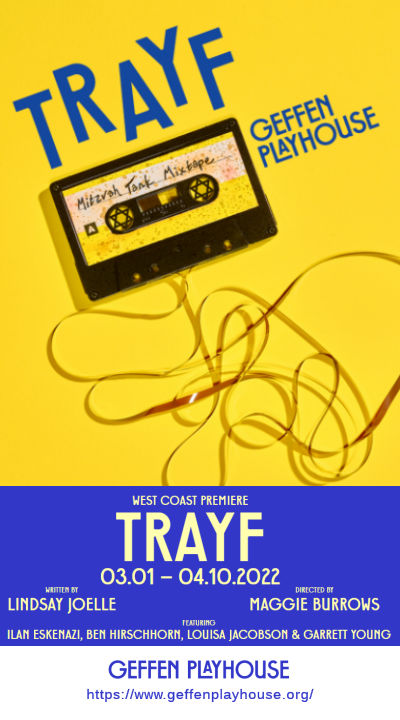
 As you may have figured out by now, I wear many hats. Some look like train engineer hats. Some are whatever a roadgeek wears. Some protect your information technology investments. And others, well, clip on with a hair clip and cover your head in shul. In other words,
As you may have figured out by now, I wear many hats. Some look like train engineer hats. Some are whatever a roadgeek wears. Some protect your information technology investments. And others, well, clip on with a hair clip and cover your head in shul. In other words, 
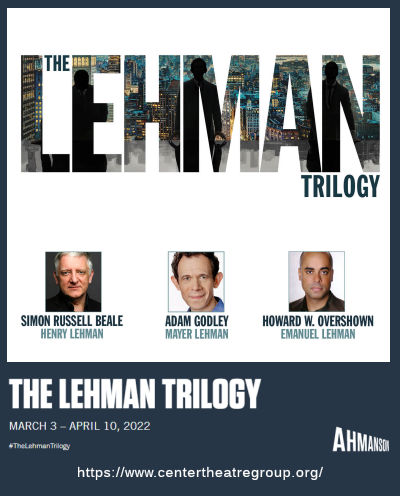

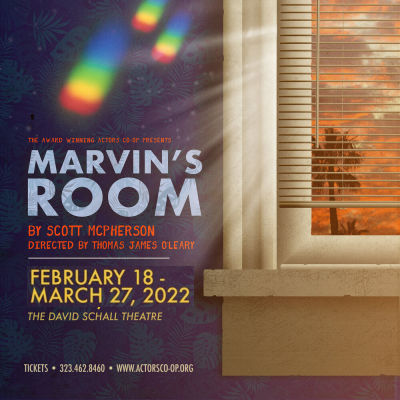
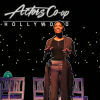 The last few times I’ve gone to the theatre it’s been strange. Either I went without my usual theatre companion, because she was in the hospital, or I had to navigate handicapped access at the theatre. This is because my wife (my regular theatre companion) fell in mid-November, and after a few weeks in the hospital, has been in a wheelchair ever since. She just got the clearance last Thursday to start putting weight on the leg; she won’t be walking normally for a while. This has put me in the position of being her caretaker, on top of my normal work and volunteer activities. It also means I’ve doing everything around the house. It’s exhausting.
The last few times I’ve gone to the theatre it’s been strange. Either I went without my usual theatre companion, because she was in the hospital, or I had to navigate handicapped access at the theatre. This is because my wife (my regular theatre companion) fell in mid-November, and after a few weeks in the hospital, has been in a wheelchair ever since. She just got the clearance last Thursday to start putting weight on the leg; she won’t be walking normally for a while. This has put me in the position of being her caretaker, on top of my normal work and volunteer activities. It also means I’ve doing everything around the house. It’s exhausting.
